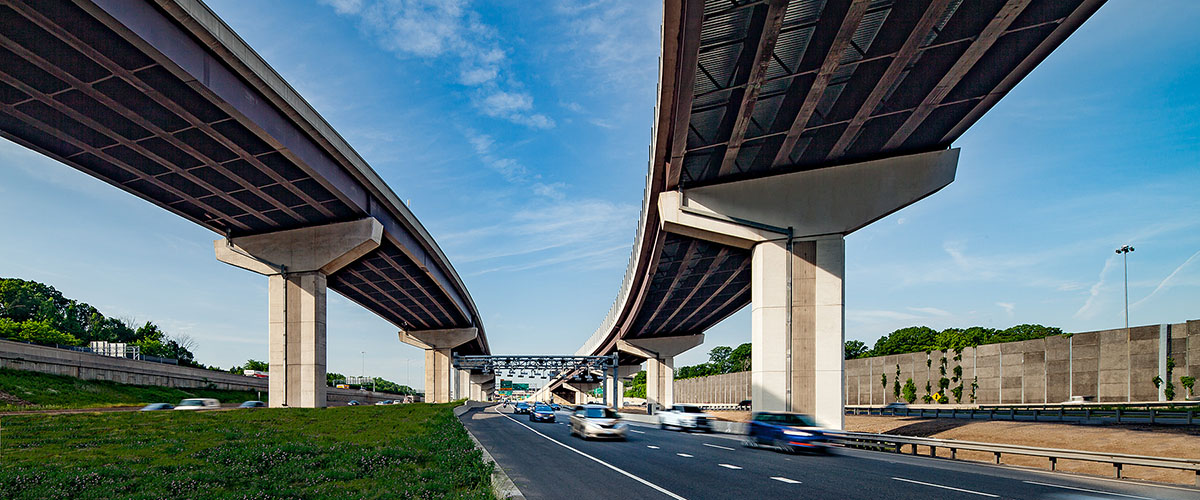Earlier this month I spoke with Gargi Chakrabarty from the Icons of Infrastructure industry blog about the importance of public-private partnerships (PPPs) in solving North America’s infrastructure challenges.
For a many in the infrastructure industry, the road ahead looks insurmountable. According to the American Society of Civil Engineers, the US will have a $1 trillion shortfall by 2025 between what we are spending now and what we need to spend to remain competitive. Contributing to this issue is that fact that the gas tax – the primary source of infrastructure funding – has not been raised since 1993.
But rather than sitting back and waiting for Congress to deliver more funding, government officials at the local and state levels across the country are finding new and innovative ways to meet the infrastructure needs of their constituencies.
In states such as Virginia, Colorado and Florida, government is working with industry on PPPs that help deliver projects quicker and more cost effectively.
An example of how PPPs can benefit the community is Transurban’s 95 and 495 Express Lanes in Northern Virginia.
In Virginia, we’ve partnered with five governors on both sides of the political aisle who have embraced innovative transportation solutions on the $3 billion 95 and 495 Express Lanes. As a result, we have developed a managed lanes network that run alongside the Capital Beltway around Washington, D.C. Express lanes consistently deliver a predictable travel time, no matter what time of the day. They do this by changing the toll based on demand – a model called ‘dynamic pricing’.
The Express Lanes have served more than five million customers, helped fund major transit improvements, unlocked gridlock in the congested Washington region and put more than 28,000 people to work.
Among the frequent customers of the Express Lanes, there is 85 per cent satisfaction among rush hour users. If you look at our customers on the 95 Express Lanes, they are saving, on an average, over 52 minutes on commute in exchange for the toll they pay. For example, on some Thursday nights in summer, they could be saving as much as 3 hours for a 30-mile trip. That’s great for a family on the way to the beach.
They see the value for the toll they pay, but it’s also transformational for our industry because it helps build political support for using tolling in innovative ways to help government close the funding gap.
Full interview available at Icons of Infrastructure.

